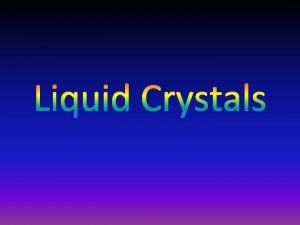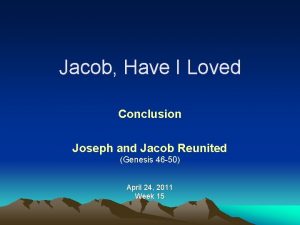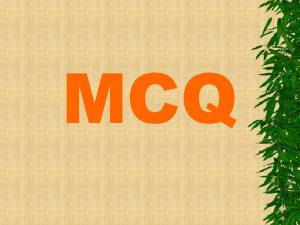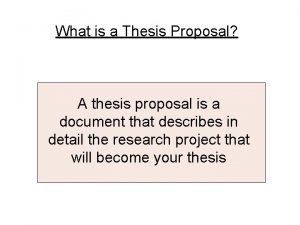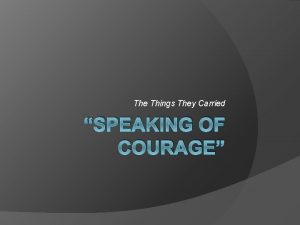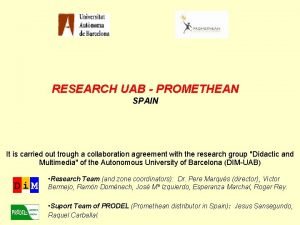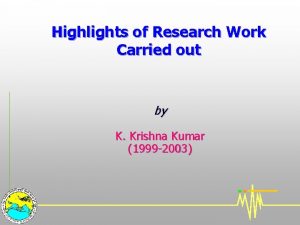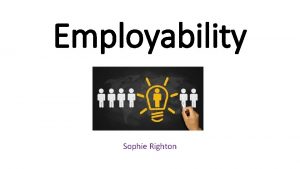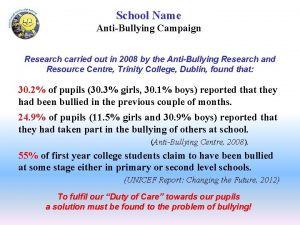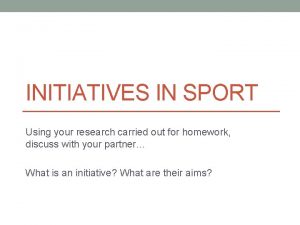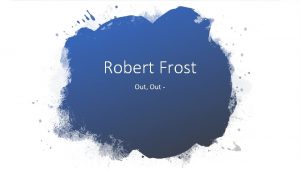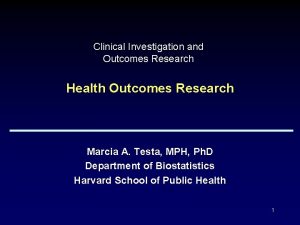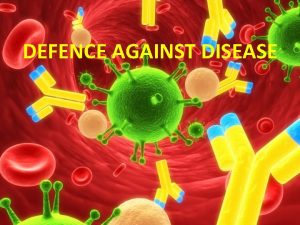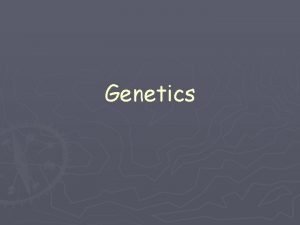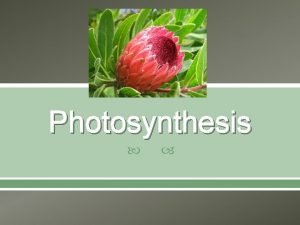Experiences and outcomes I have carried out research















- Slides: 15


Experiences and outcomes I have carried out research into novel materials and can begin to explain the scientific basis of their properties and discuss the possible impacts they may have on society. SCN 4 -16 a

Uses

What is a liquid crystal? A state of matter that has properties between those of a conventional liquid and those of a solid crystal.

The History • They were first observed by Reinitzer, an Austrian botanist, in 1888. • Lehmann realised this was another state of matter and coined the name “Liquid Crystal. ” • 1950 s Gray at Hull University rekindled interest. • Pierre-Gilles de Gennes won the Nobel Prize in 1991 for his work on liquid crystals. • Industries have taken off, thermochromic liquid crystal industry and the twisted nematic liquid crystal displays.

The liquid crystal phase changes T 2º T 1º Solid crystal Smectic Molecules parallel and in layers Nematic Molecules parallel but not in layers T 3º Isotropic liquid Cholesteric Molecules in helical layers

Rapid detection and measurement of chemical and biological substances using liquid crystals Privacy control at the flick of a switch

Liquid crystals are used in medicine Liquid crystals enable surface temperatures to be measured.

There are different types of liquid crystals

How a calculator display works

HOT COLD The structure of the liquid crystals changes as they are heated.

Thin film behaviour

Shimmer Beetle

Melting points • Cholesteryl pelargonate 74ºC – 77ºC • Cholesteryl benzoate 148ºC - 150ºC • Cholesteryl oleyl carbonate (not available) The melting point of a mixture is less than that of the pure substance so once the chemicals have been melted to form the liquid crystal the melting point is much less than 100ºC

Make your own liquid crystals
 They have carried out
They have carried out Joseph's bones carried out of egypt
Joseph's bones carried out of egypt Cold working advantages
Cold working advantages Military expeditions carried out by european christians
Military expeditions carried out by european christians Service sequence in serving food and beverage
Service sequence in serving food and beverage Summer project for bba
Summer project for bba Mcq on sheet metal forming
Mcq on sheet metal forming Mcq on theory of metal cutting
Mcq on theory of metal cutting One direction one thing lyrics
One direction one thing lyrics Cs_rs11-iiia-1
Cs_rs11-iiia-1 Expected outcomes in research examples
Expected outcomes in research examples Expected results research proposal example
Expected results research proposal example 12 edges and 6 faces
12 edges and 6 faces Put out the light
Put out the light Balance carried down
Balance carried down The things they carried speaking of courage
The things they carried speaking of courage
